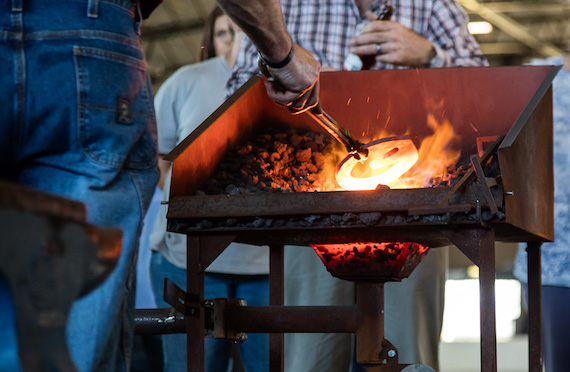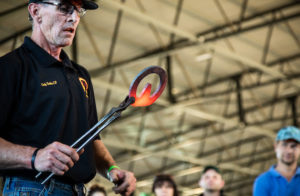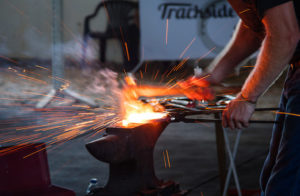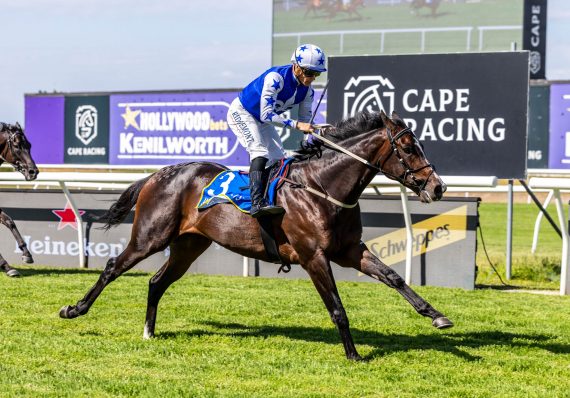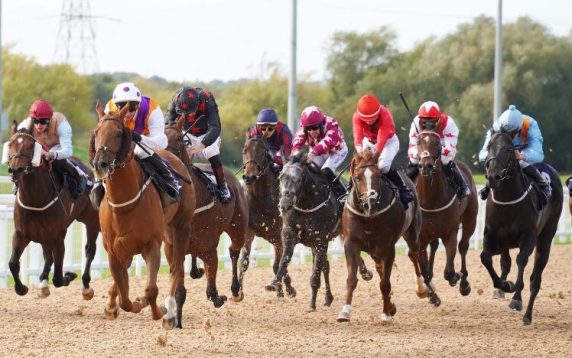My time living and working in the UK horsey industry was instructive on a number of levels – firstly from the perspective of the people I was privileged to have access to and secondly in terms of getting first hand knowledge of how industry professionals are organised.
Firstly, most professions have a clear and established training path and once you obtained the requisite qualification, every professional discipline was organised into a professional governing body – be it a guild or an association of some sort – which stipulated minimum membership requirements in terms of qualifications, CPD and the all-important professional indemnity insurance. My field of interest was equine sports therapy and in order to treat a horse in the UK, I needed a certified qualification to gain membership of my requisite umbrella body (renewable on an annual basis), I needed my professional indemnity insurance (which could be adjusted according to the level of work I was doing) and I also needed to keep very strict records of each and every horse I treated, with copies of treatment records required by the horse owner, the vet, the insurance company and one for my own files.
The South African approach is still quite different. Barring the veterinary profession, in terms of many of our auxiliary equine practitioners, we do not have many formal accredited training courses in place and by necessity still rely heavily on the apprenticeship system, or human practitioners that have branched out into working with animals. As such, it is also up to each individual to choose key competencies and areas of specialist interest and finding the right skill set for specific issues can be a challenge for horse owners as, again, there is no easy ‘go to’ register or reference system. We are not quite as organised yet in terms of professional governing bodies, we are not quite as fussy in terms of demanding recognised professional qualifications from our practitioners and our insurance companies are also a lot more relaxed in terms of what treatment horses may or may not receive.
Changing
However, things are changing. It is a laborious process, but certified courses are becoming available and the various practitioners are starting to sort themselves into professional bodies. Leading the way is the South African Association of Professional Farriers (SAAPF), headed up by Robbie Miller. The SAAPF was officially established in November 2015 and is a national organisation which is working hard to assimilate, grade and improve local standards of farriery. They have introduced the Farrier International Testing System (FITS) and now hold regular training courses and competitions for members to test, grade and where necessary, upgrade their skills.
It also helps lend the profession credibility and respectability – as it rightly deserves. They don’t say ‘no foot, no horse’ for nothing! Of course, a qualification or membership is no guarantee of excellence, but it does at least guarantee a minimum level of competence, which means you can book an SAAPF member to trim or shoe your horse with peace of mind.
Competition
One of the highlights of the year is the international blacksmith contest, held for the second time this year on 25, 26 and 27 November 2016 at Mistico Equestrian Centre outside Paarl. Having missed last year’s event, I made sure to get over there to have a look this time round.
The three day event kicked off at 9am on Friday, 25 November with a clinic hosted by this year’s judge, Craig Trnka, a highly regarded farrier who was crowned World Champion Blacksmith in Calgary in 1999. Friday was also the turn for the Novices to compete against one another to make front shoes. One of the key focusses of the SAAPF is understanding how to make shoes and although South Africa predominantly uses ‘cold shoeing’, part of the FITS examination is forging, which requires candidates to make shoes from scratch, heating the metal in old fashioned coal forges and shaping them into shoes. Apart from being fascinating to watch, it is not only a handy skill to have, but comes into its own in terms of remedial shoeing where farriers frequently need to go ‘off book’ and build custom shoes for problem feet. We have become so used to buying ready made things off the shelf, and it was good to be reminded that at their best, farriers are still old-fashioned craftsmen.
Education
On Saturday, visiting authority, internationally renowned blacksmith Simon Curtis delivered a lecture, the Novices were tested on making hind shoes and then the Intermediate, Advanced and International Advanced candidates sprang into action to show off their skills. All competitors were required to make the same shoes, but were judged according to their respective categories.
With farriers coming together from far and wide, it was also a good opportunity to chat, get to know each other and exchange ideas. As visiting examiner Craig Trynka opined, farriers tend to work by themselves and as with anyone who does not get regular ‘auditing’ or input from a third party, it is easy to either stagnate or even for the quality of your work to drop. “But when you get people together, they naturally start to help each other – and that’s what you’ve got here.” Looking around, there was a lot of good-natured ribbing between the younger farriers in particular and the clinics produced a lot of Q&A.
While the forging element is fun with the heat and sparks, the ultimate goal is not necessarily to shoe a horse, but to understand the equine foot, to decide on the most beneficial trim for each horse depending on the individual, the discipline, the workload and a myriad of other factors and then, if necessary, to fit a shoe correctly, so Sunday’s classes were dedicated to trimming and fitting shoes to horses. Not forgetting that it was all about fun, Sunday’s programme also included a contest for the guys to make a working bottle opener and there were some beautiful creations.
The love of the horse
While it may not be true of every farrier out there, certainly the majority I spoke to started out the way most of us do – because they love working with horses. Most rode when they were younger and got interested in farriery as part of general horse care. While it was not a surprise, it was interesting to see their passion and enthusiasm and develop a new found appreciation for the guys who keep our horses’ sound.
As in any profession, there are senior members that the up and coming ranks look up and aspire to and it was encouraging to see people taking advantage of the expertise on offer to ask questions, question ideas and discuss issues – both in the formal clinics as well as in the peripheral conversations that happened around the hall during the course of the day. Apprentice St John Midgley was super chuffed to have an opportunity to chat to Simon Curtis, joking that having shaken him by the hand, all his driving nails are sure to be perfect from now on! There were also a number of stalls with vendors showcasing a variety of wares. Although the overall focus was on hoof care, there were also food stalls and fantastic locally brewed craft beers (which came in handy for those bottle openers!). There was a fair amount of public support from all over the country and it was fun to bump into Wendy Whitehead and have a quick chat with her. After a long day behind the forges, there was a spit braai and social function at the Cape Hunt & Polo Club on Saturday evening (how nice to see it used for a community equestrian event as it was originally designed for) before the final day’s competition and prize giving on Sunday.
Results
At the end of the three days, the results were as follows:-
Novice day 1: 1st Graham Pringle 2nd Glenn Zimmerman 3rd Dwayne Store.
Novice day 2: 1st Dwayne Store 2nd Glenn Zimmerman 3rd Alan Theron.
Overall: 1st Dwayne Store 2nd Glenn Zimmerman 3rd Graham Pringle.
Category 1 day 1: 1st Kai Hansen 2nd Hannes Snyman
Category 1 day 2: 1st fracious Smit 2nd Hannes Snyman 3rd Mathew Clowes
Category 1 day 3:1st fracious Smit 2nd Hannes Snyman.
Overall: 1st fracious Smit 2nd Hannes Snyman 3rd Kai Hansen.
Category 2 day 1:1st Jaques Kruger 2nd Trent Hooper.
Category 2 day 2: 1st Trent Hooper 2nd Jaques Kruger
Category 2 day 3: 1st Jaques Kruger 2nd Trent Hooper
Overall: 1st Jaques Kruger 2nd Trent Hooper.
Category 3 day 1: 1st Scott Borland 2nd Robbie Miller 3rd Candice Brown
Category 3 day 2: 1st Johnny Murdock 2nd Robbie Miller 3rd Candice Brown
Category 3 day 3: 1st Robbie Dawson 2nd Candice Brown 3rd Johnny Murdock
Overall: 1st Robbie Miller 2nd Johnny Murdock 3rd Candice Brown.
Best shod foot: Category 1: Francois Smit
Category 2: Jaques Kruger
Category 3: Robbie Dawson
Best Striker: Robbie Miller
Best Specimen shoe: Dwayne Store
Overall champion: Robbie Miller
Overall 2nd: Johnny Murdock
Well done to the organisers for putting it all together. We all know how hard it can be just to book a farrier appointment – trying to get a whole bunch of them all in the same place at the same time takes some doing! Thanks to the guys for their time and hard work and huge thanks to all the sponsors (Drakenstein Stud Farm, Choice Carriers, Compton House Stud, Snaith Racing, Avontuur Stud, Trackside Supplies, Veta Schola, Miller Forge, TRM, Cape Medical Response, Wine Valley Horse Trails, Western Shoppe, Coca-Cola, Woodstock Brewery, Atlantis Youth Horse Owners Association, Silver Back Chaps and Biofarm) for supporting an incredibly worthy event and for investing in an initiative that stands to benefit horses and owners for many years to come.


